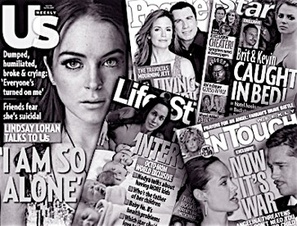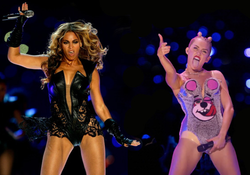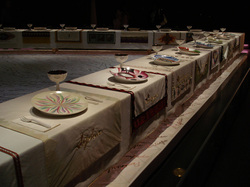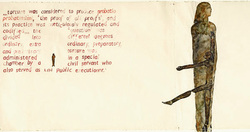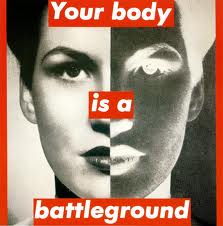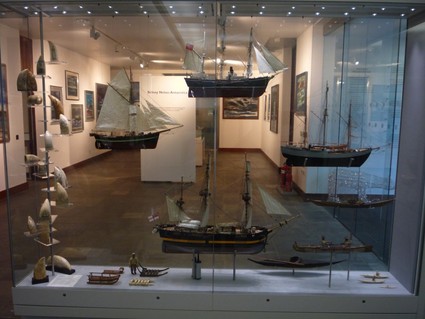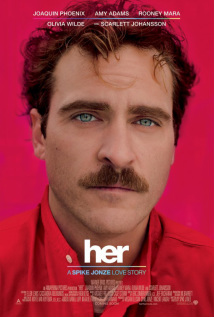
Spike Jonze's new film 'Her' is different. The future is so real in this story about a lonely man falling in love and entering into a relationship with his intelligent operating system, that I was left feeling pretty sure that Jonze can in fact, see into the future. From the mannerisms to the aesthetics, the future has been so carefully thought out that it seemed both excitingly, and worryingly, close. Many subtle pieces of technology and ideas appear throughout the film, painting a very plausible world that may just come true - so here are a few advances that present a compelling glimpse into the future...
1. Cities
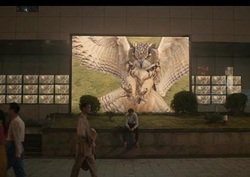
2. No cars go

3. Letter writing
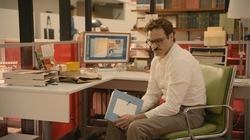
4. Non-intrusive technology
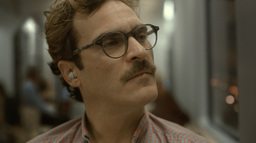
5. Voice control

6. High waisted trousers

Anya Muir Wood

